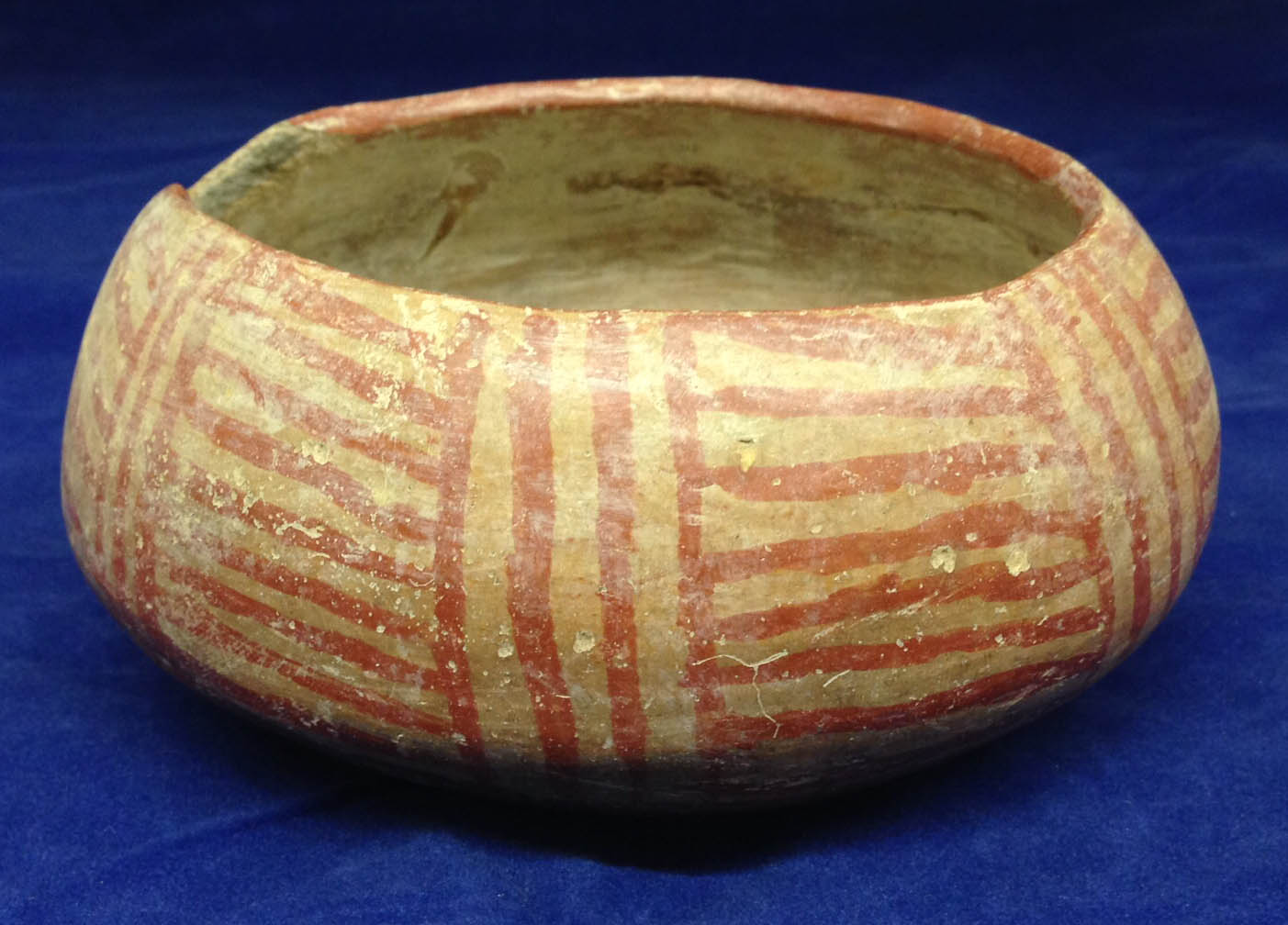BEFORE CONSERVATION An Ozarks native of Christian County, Howard Garrison was a colorful character. He is remembered most as a bootlegger and as a businessman, perhaps most importantly as the first owner of the Ozarks landmark known as the Riverside Inn, which he designed, built, and decorated after purchasing five acres of land along Finley Creek. However, as … [Read more...] about Oil Painting Series by Howard Garrison: Researched and Conserved by Jessica Brenneke
BEFORE CONSERVATION AFTER CONSERVATION The art of the Sepik River region of Papua New Guinea revolves heavily around men’s societies and their associated ceremonies and initiations. Sepik River religions involve ancestor worship, and many of the masks produced in this region represent either mythological or ancestral spirits, which are believed to provide aid in warfare … [Read more...] about Turtle Shell Basketry Mask: Researched and Conserved by Marissa Ewing
Rural or “garden” cemeteries such as the Union Campground Cemetery were established in the early 19th century and continue to be used in the United States today. Stone and concrete grave markers, including headstones, footstones, and sometimes side rails or box tombs, are used in such cemeteries, the result of long-held traditions for marking graves that began in the European … [Read more...] about Gravestones at the Union Campground Cemetery: Researched and Conserved by Allison Robbins, Megan Kell, and Amanda Horned
While the Maya rebozo takes the form of a long, wide scarf, it has many uses, from serving as a cloak, to carrying babies and bundles, to serving as padding under a basket carried on the head. Like the Sash from Santiago Atitlán, Guatemala, this rebozo uses the ikat technique, which shows in the soft, watery images of flowers and birds visible within the stripes. The … [Read more...] about Rebozo with Floral Pattern: Researched by Samantha Gooding
The Chupícuaro cultures produced some of the most boldly patterned polychrome ceramics of Mesoamerica. Chupícuaro ceramics include hollow figures, bowls and jars of different shapes, and tripod vessels. The vessels are usually made using a brown or black clay that is painted commonly with geometric polychrome designs, usually in buff, red, and black, but also sometimes with … [Read more...] about Chupícuaro Vessels: Researched by Logan Williams and Caitlin Baker





